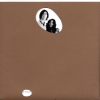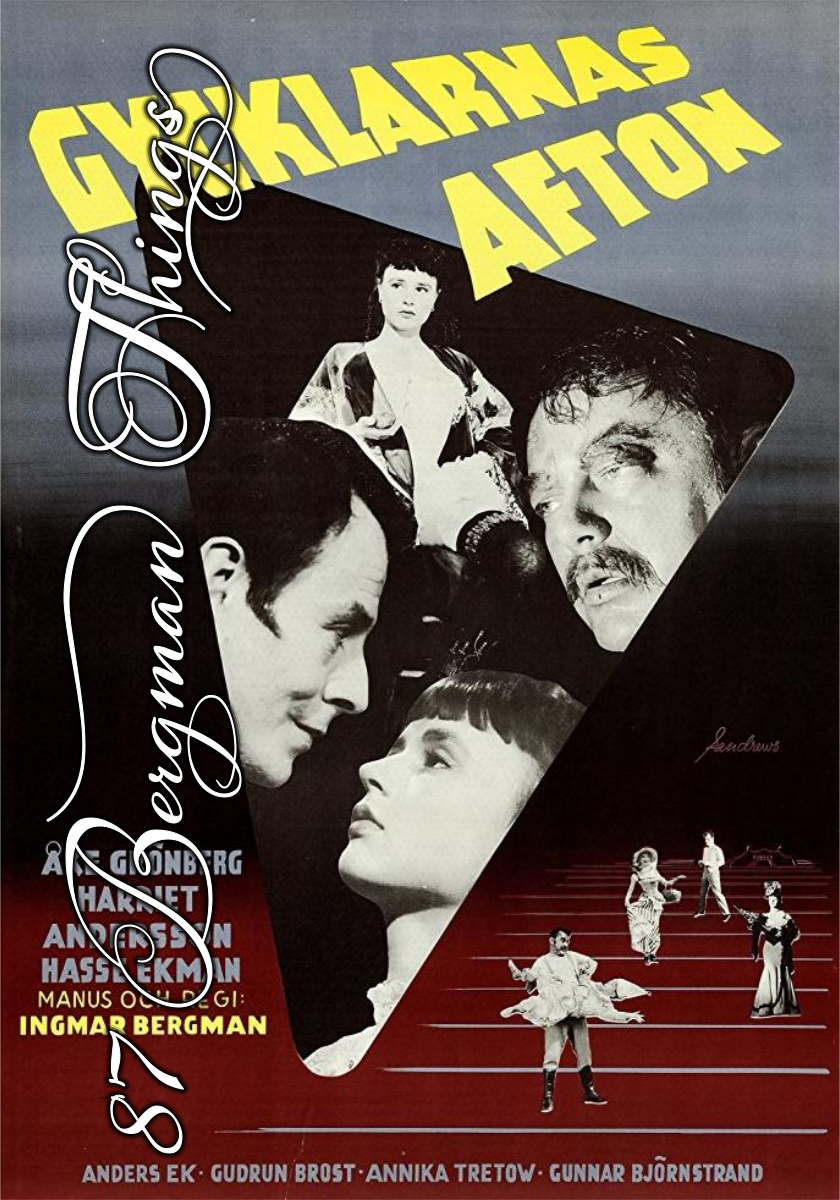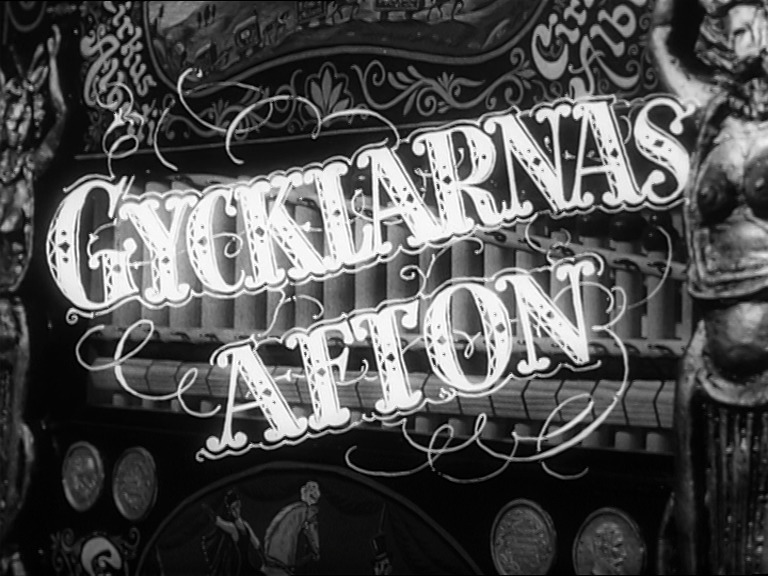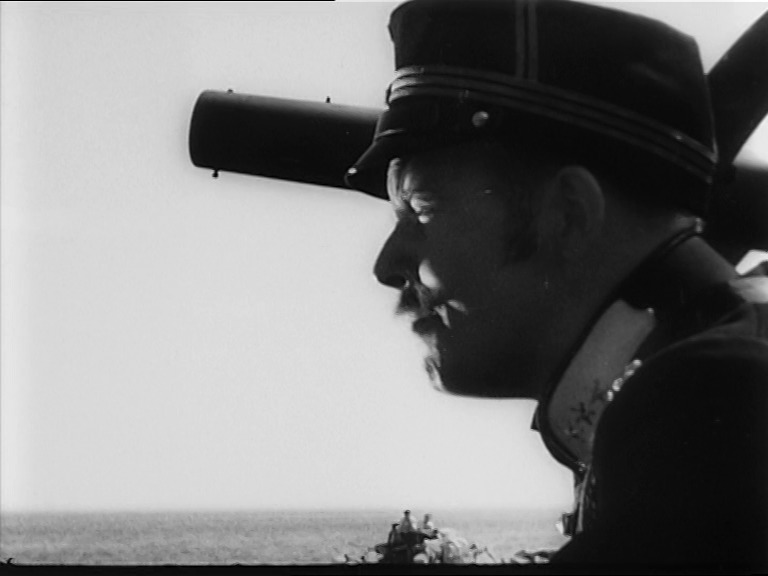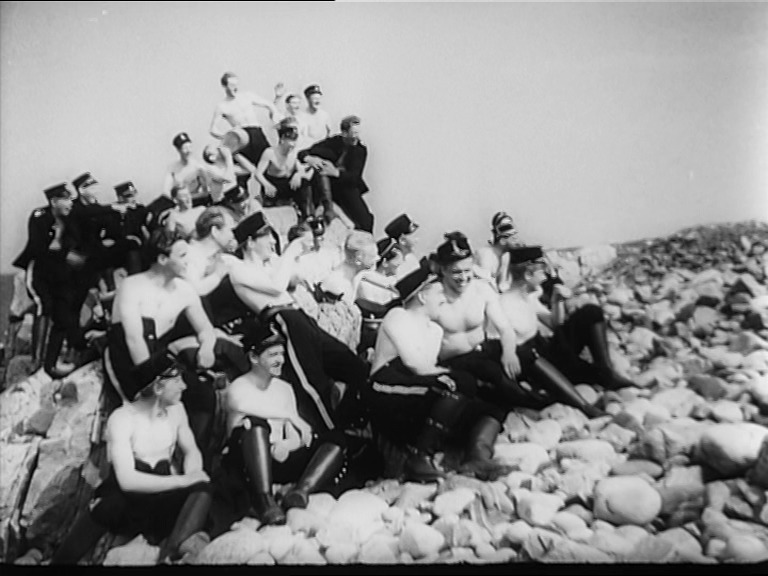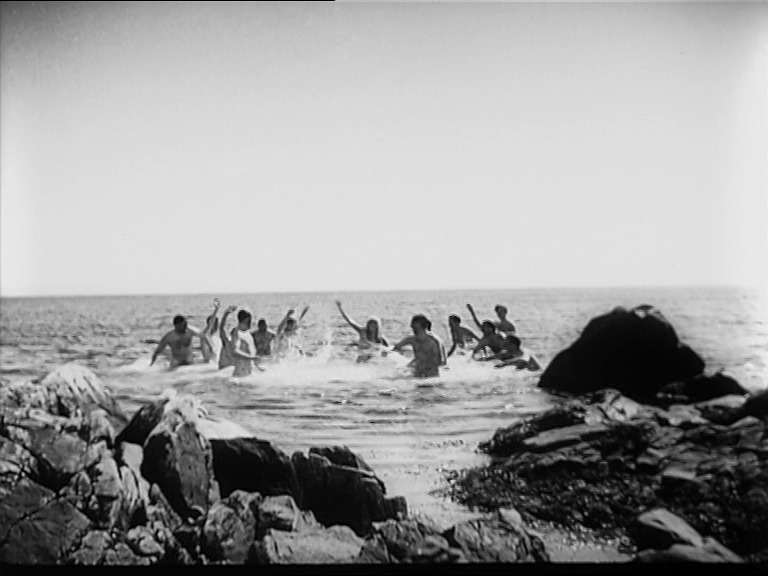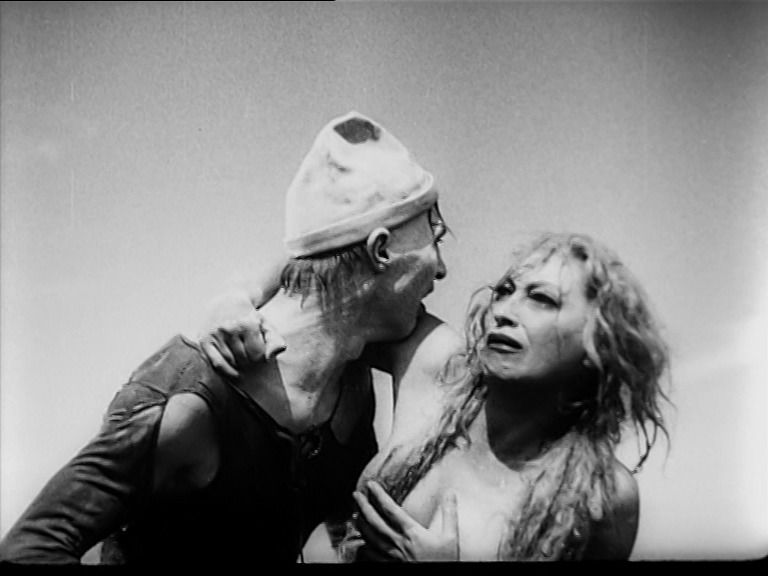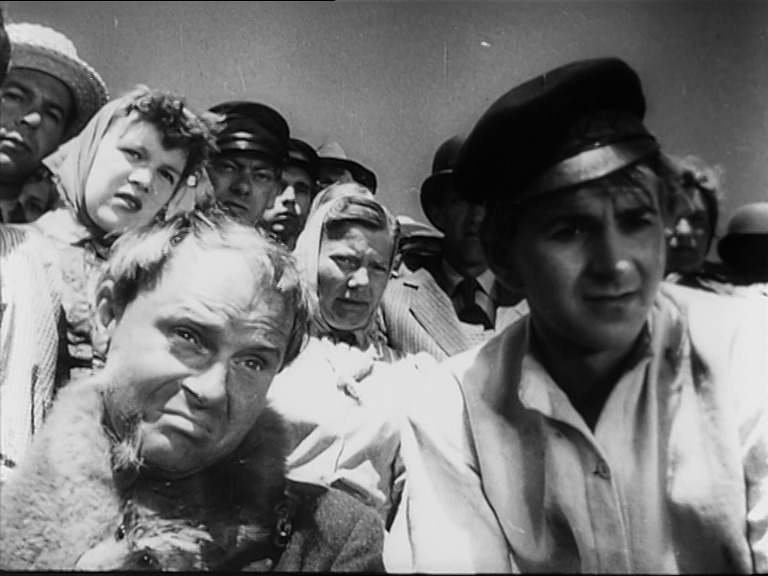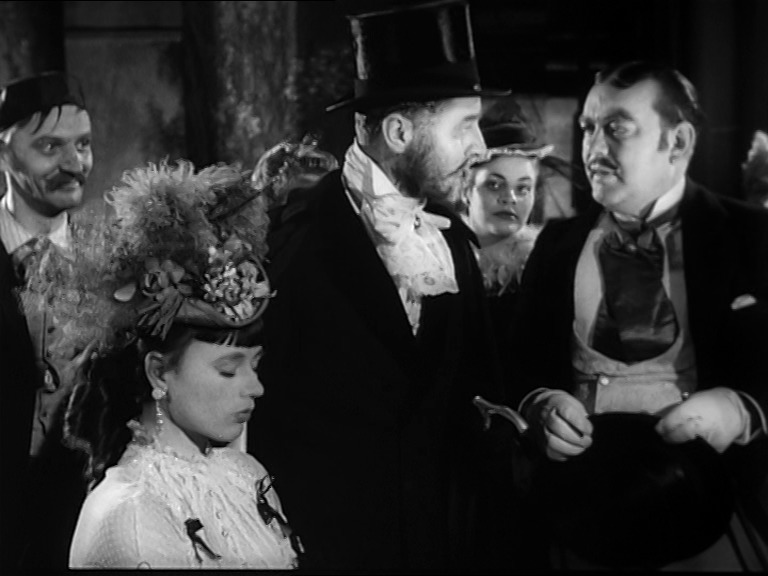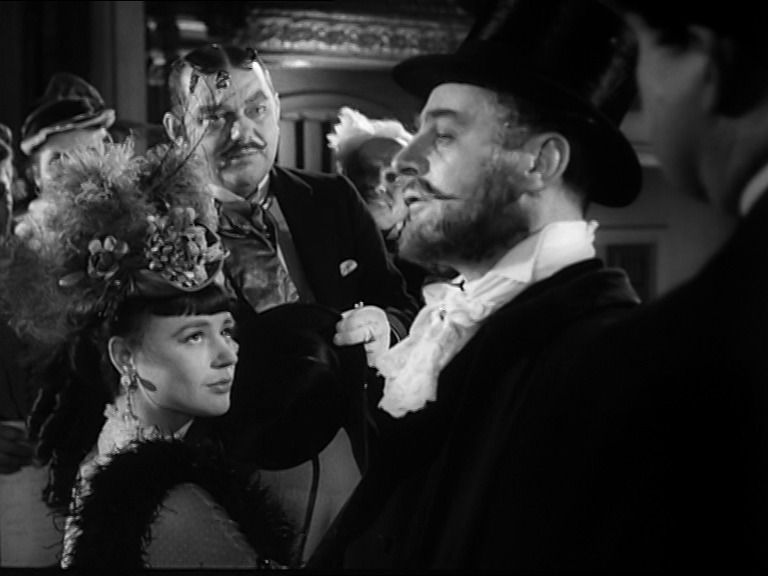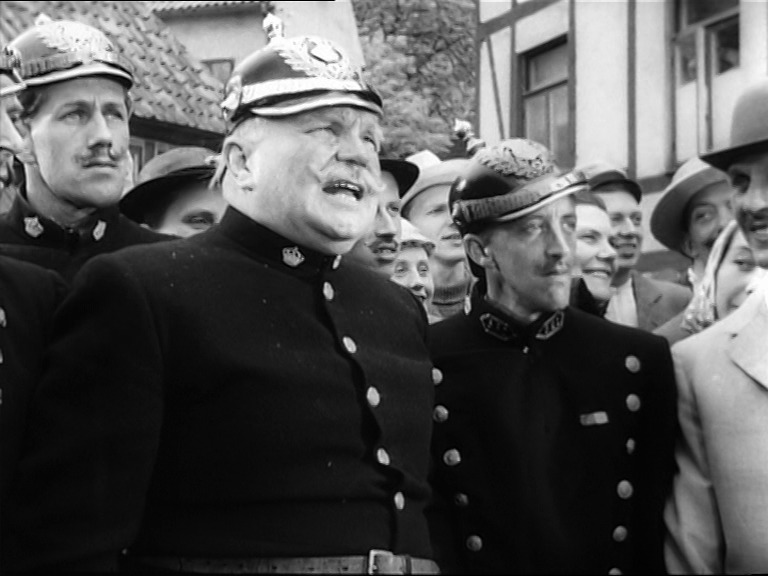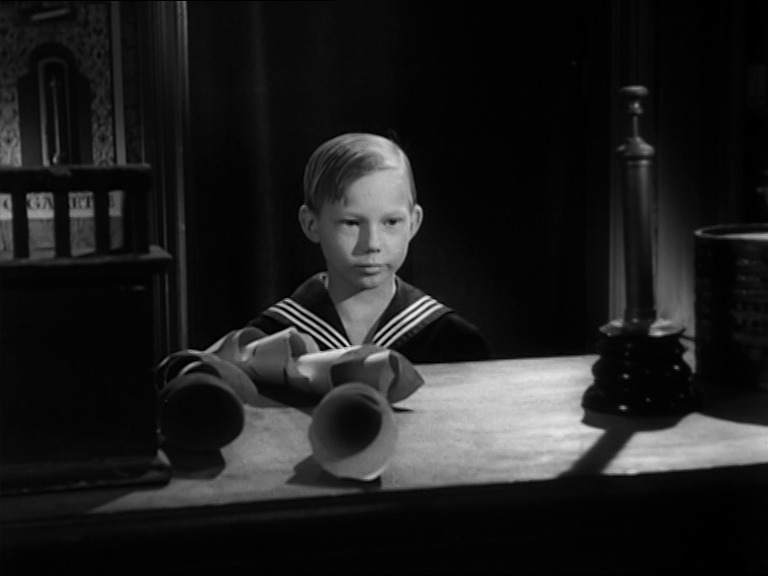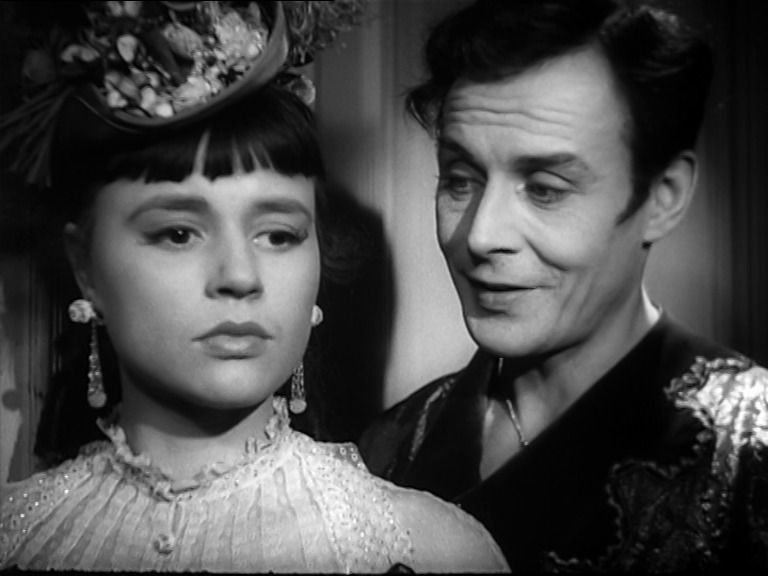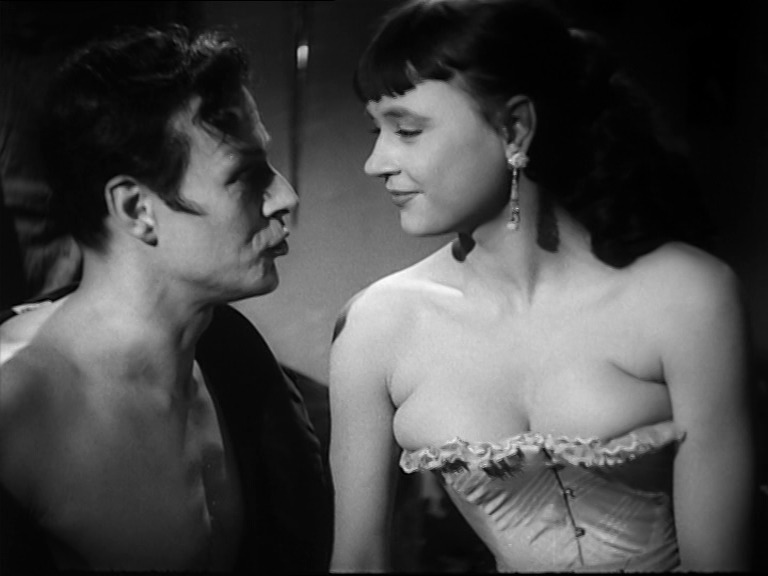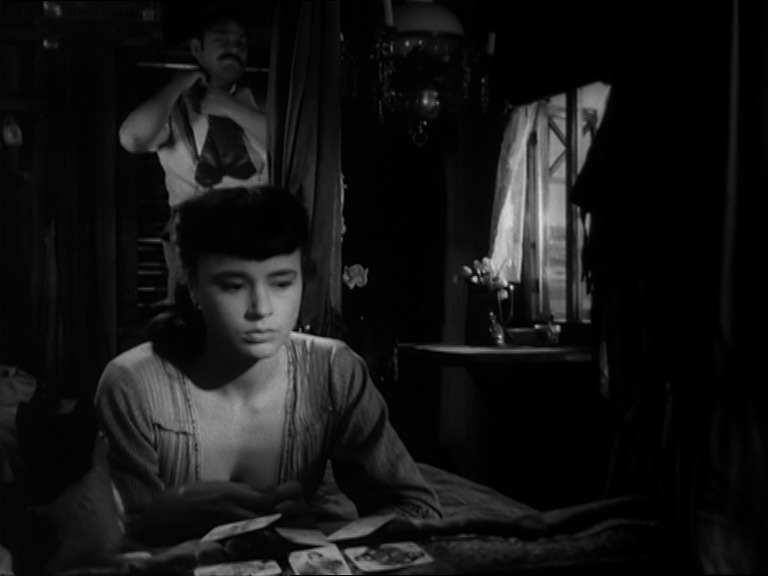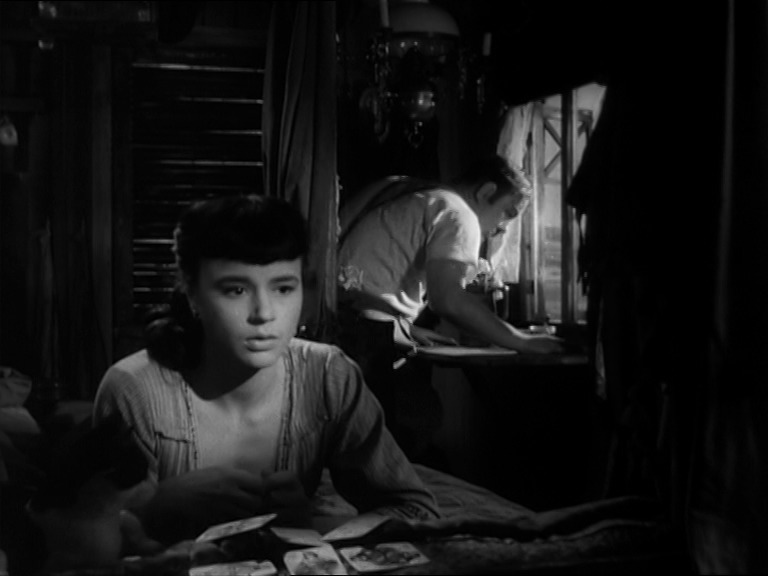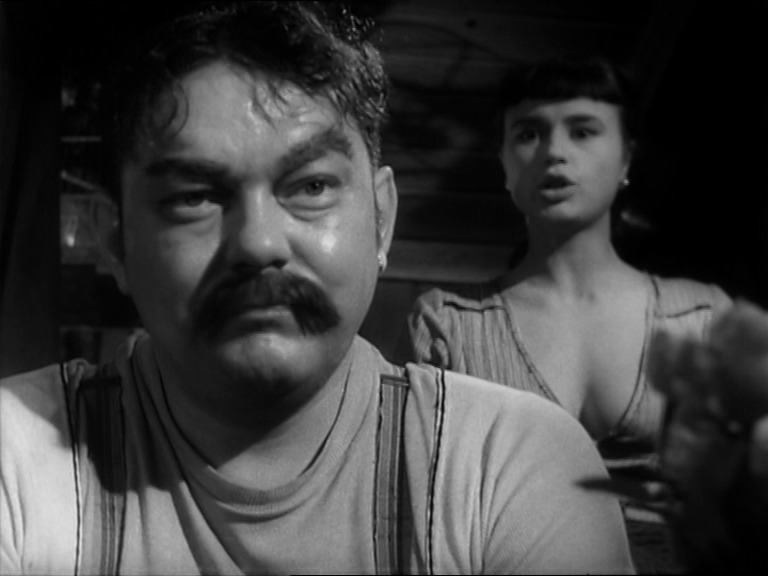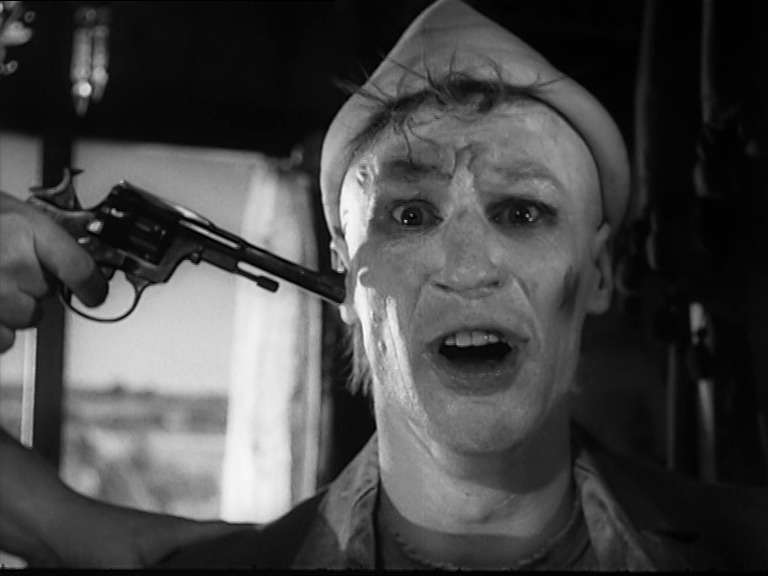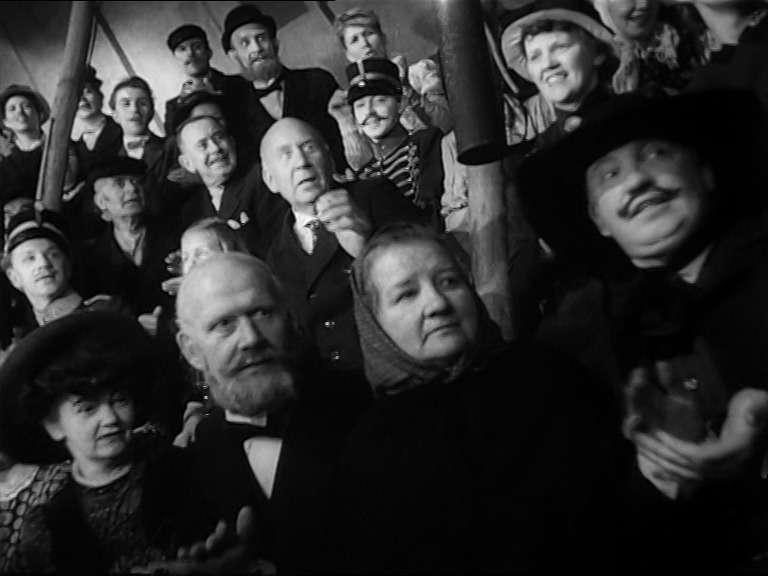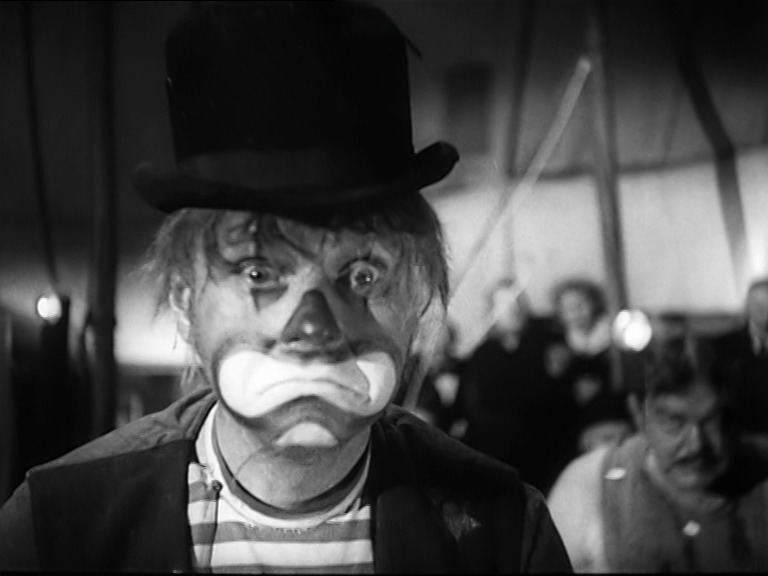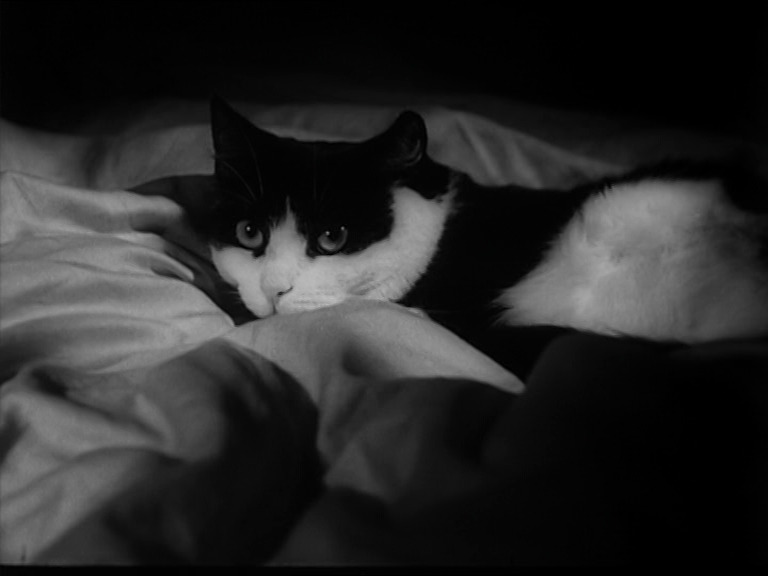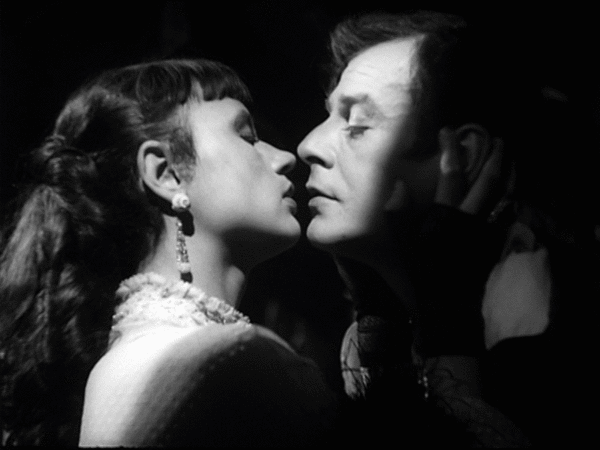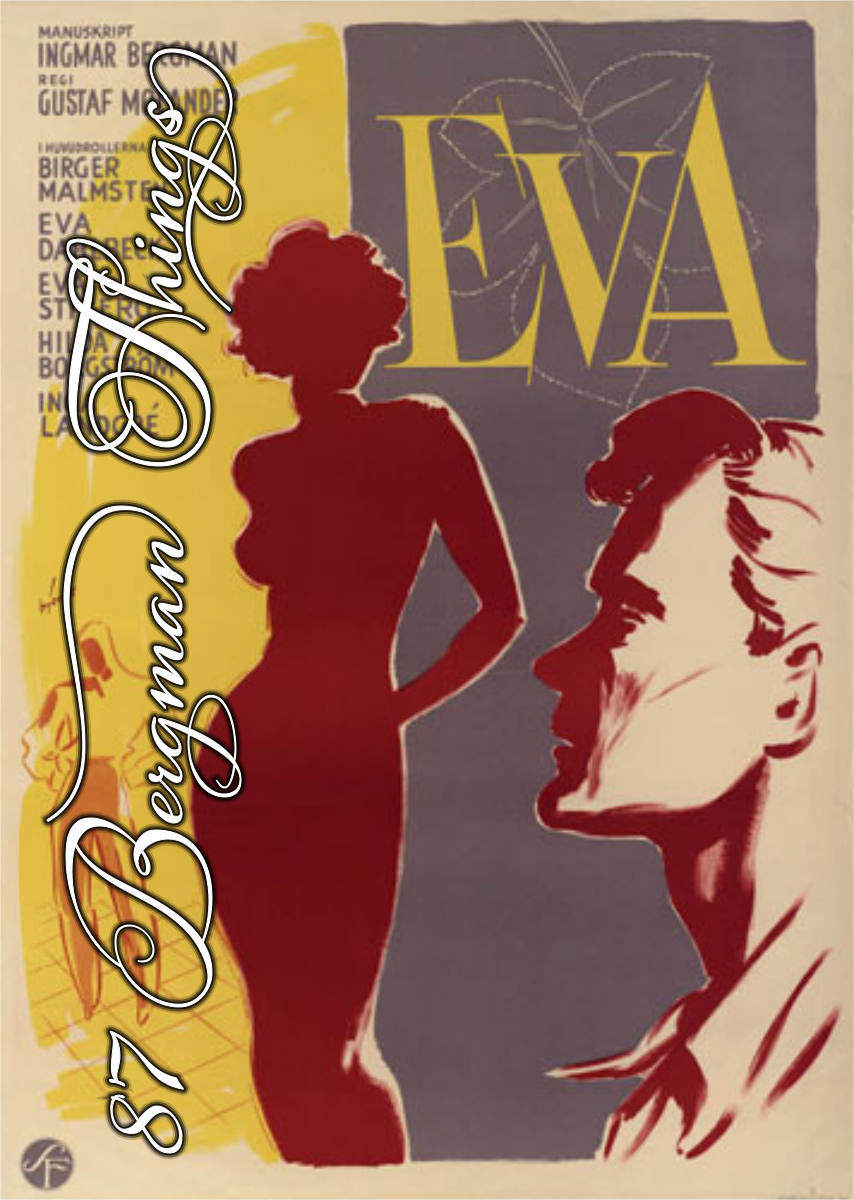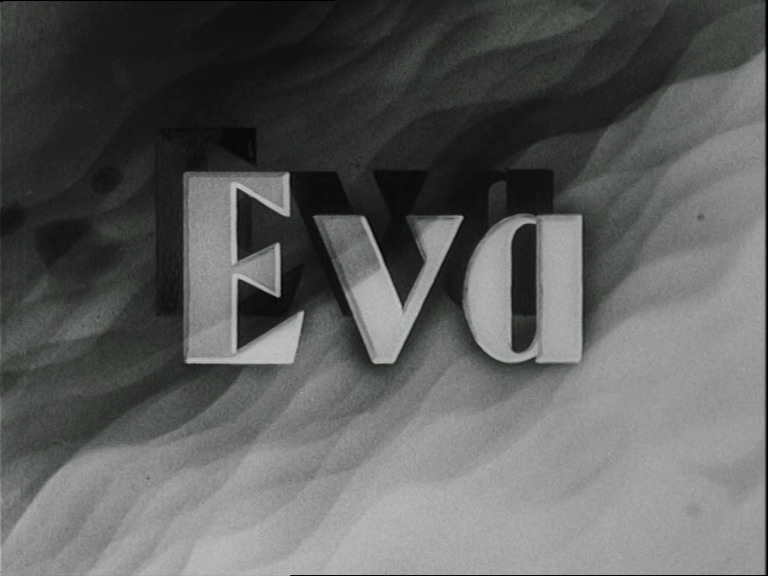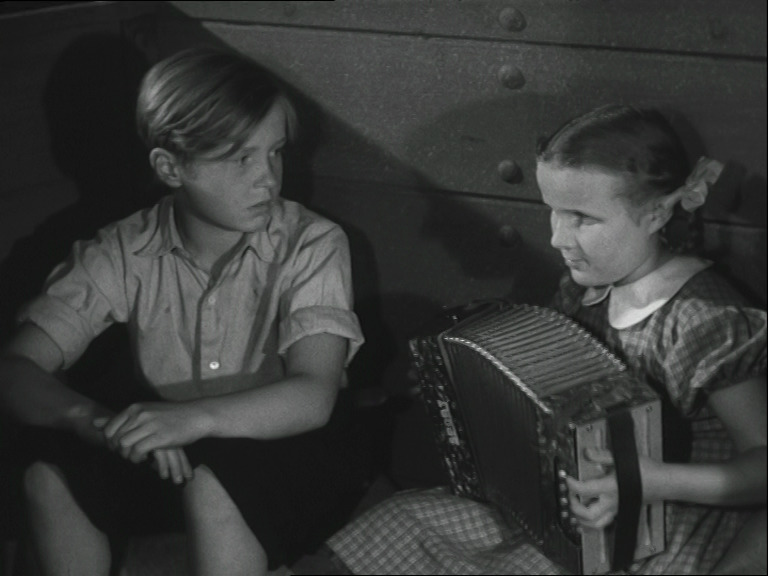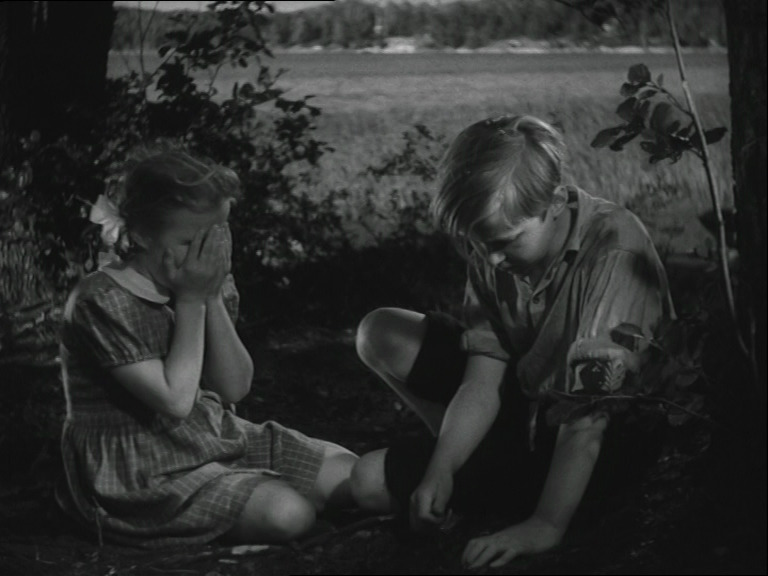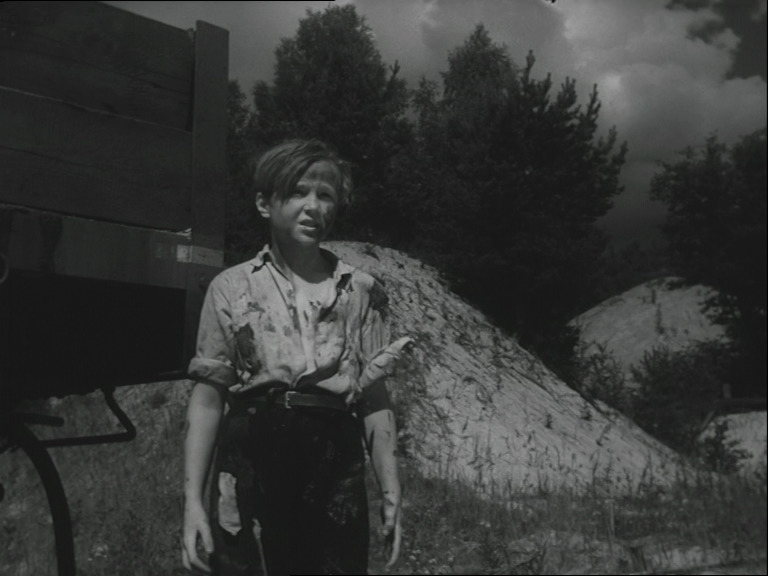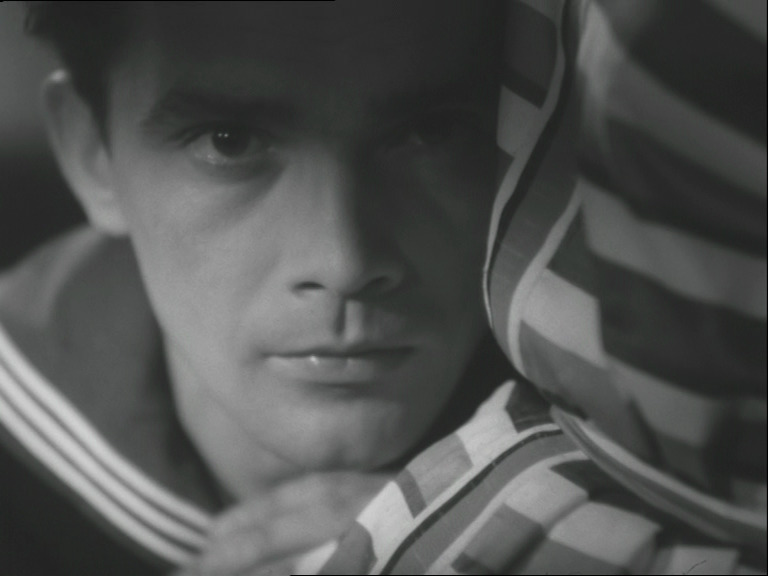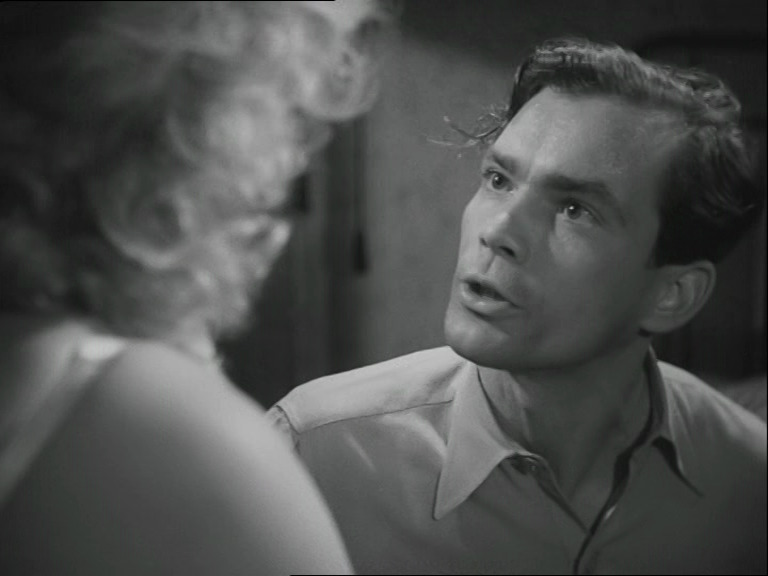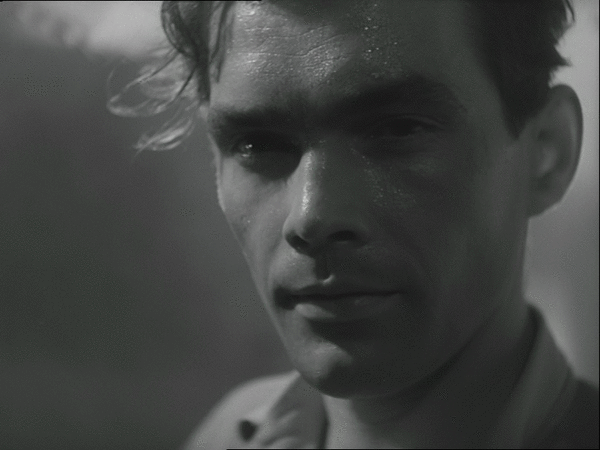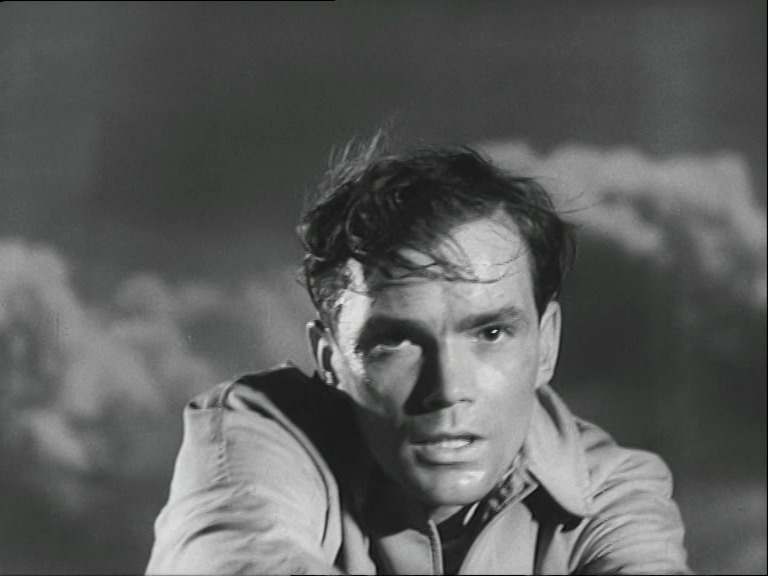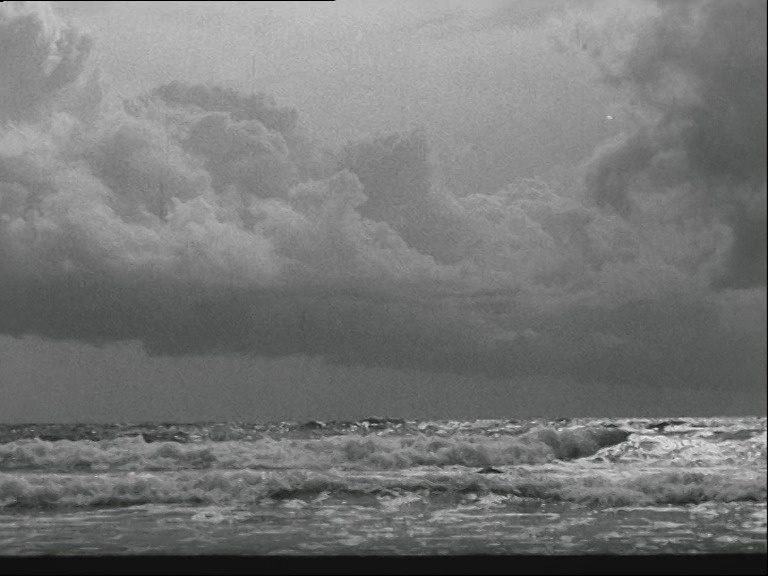
I was reading the Fantagraphics collection of Zanardi by Andrea Pazienza tonight (it’s not very good; it’s like the stuff you’d stumble upon in European underground magazines in the 80s and be amused by for a couple of pages before you’d get annoyed by the incoherence and bored by the boorish humour and skimmed the last ten pages: Only here it’s a 230 page book and the tedium is unbearable (the only review I could find of this book is more positive), but at least you can play “spot the artist Pazienza’s ripping off on this page: Ah, Caza, yes, Moebius, and now it’s Spain, and huh, two random panels by Montellier, so it’s got that going for it).
But that’s not what I wanted to write about at all! I wanted to write about footnotes, and especially footnotes when doing a translation of an older work.
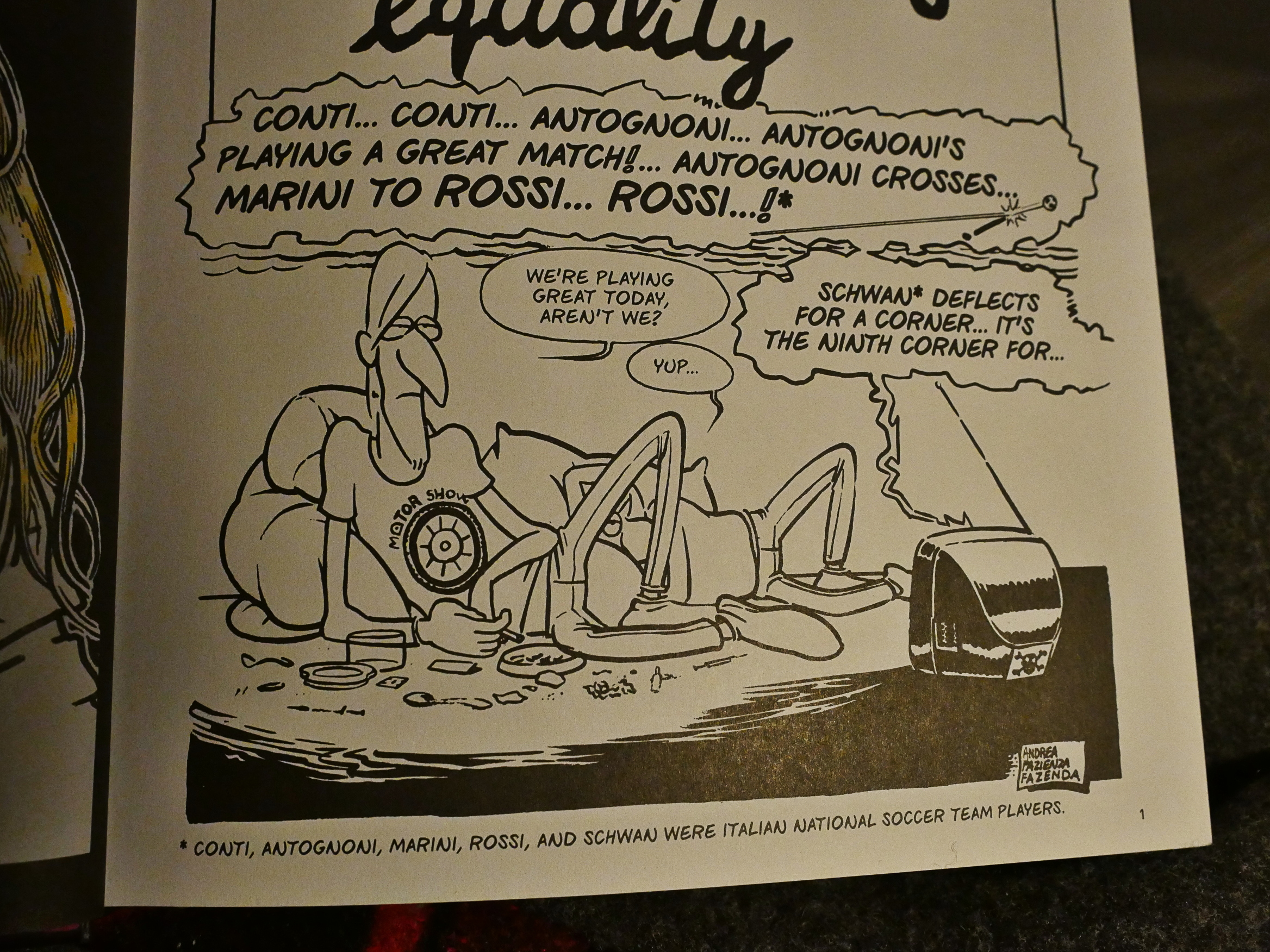
Yes, mentioning that those names belong to soccer players makes some sense.
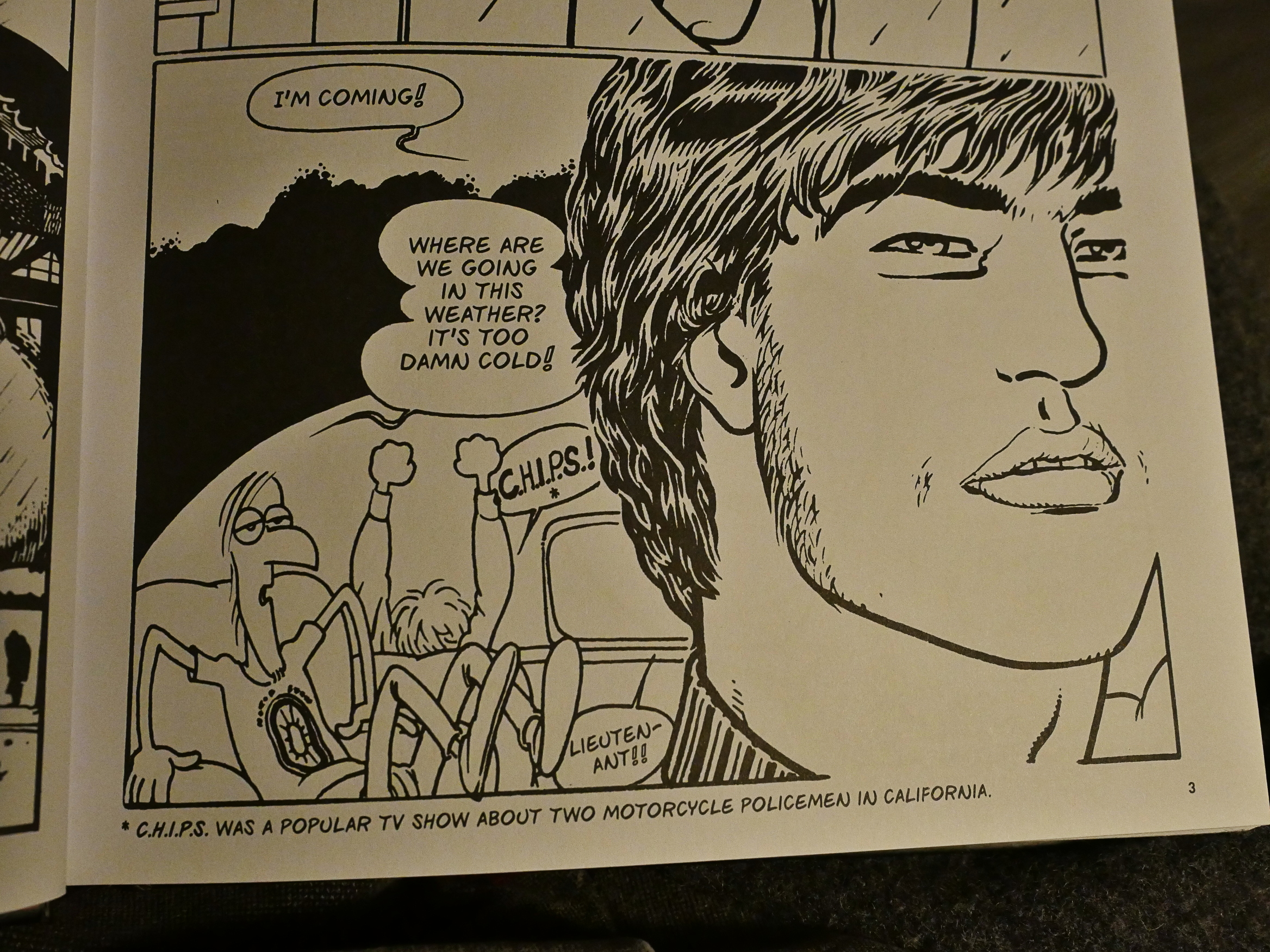
And it’s an old work, so I guess pointing out what C.H.I.P.S. is makes sense. To an American audience, though?
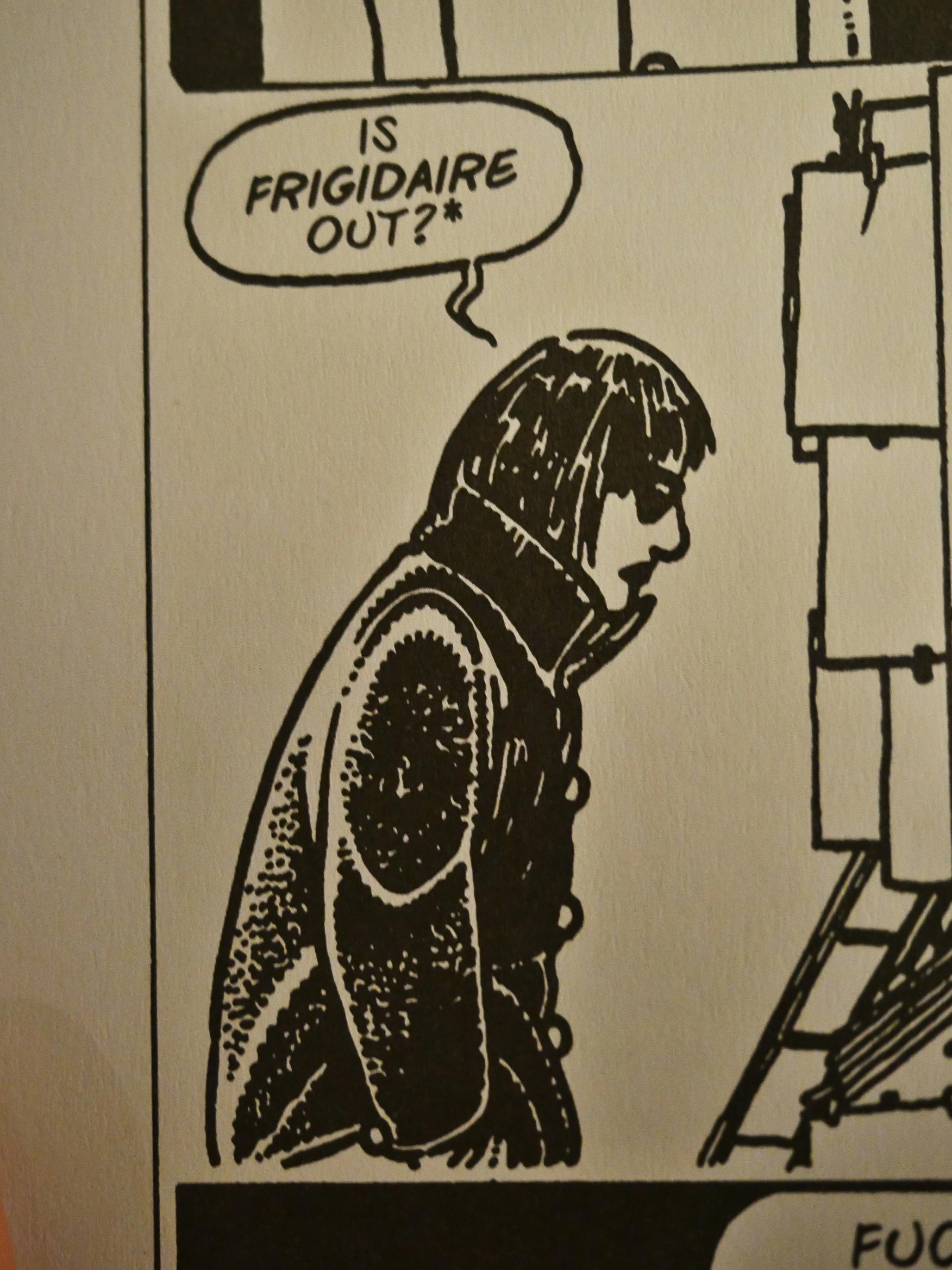
And, sure, pointing out that Frigidaire…
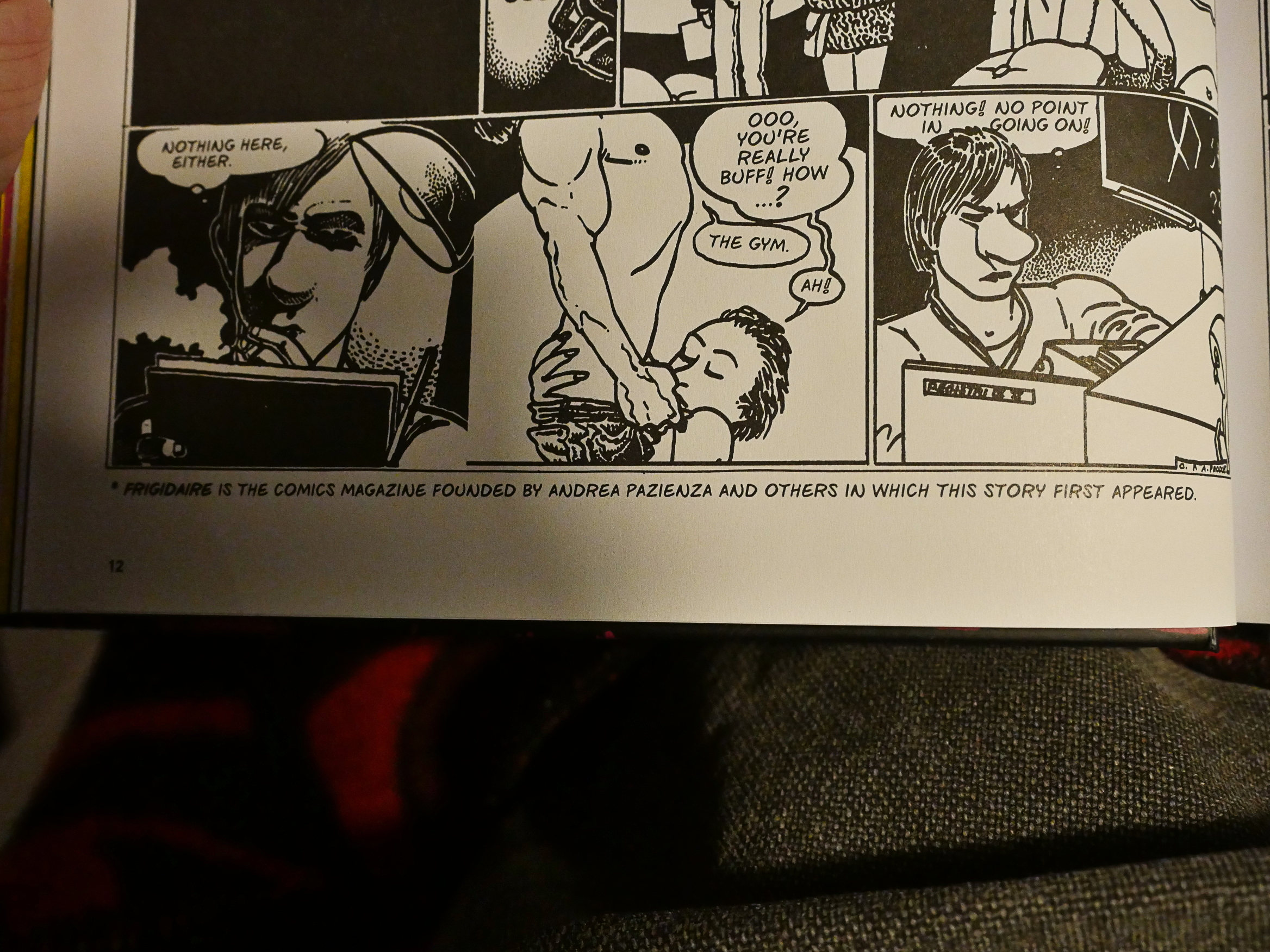
… is the magazine that this very strip appears in is more than fine; it brings additional understanding and depth to the piece.
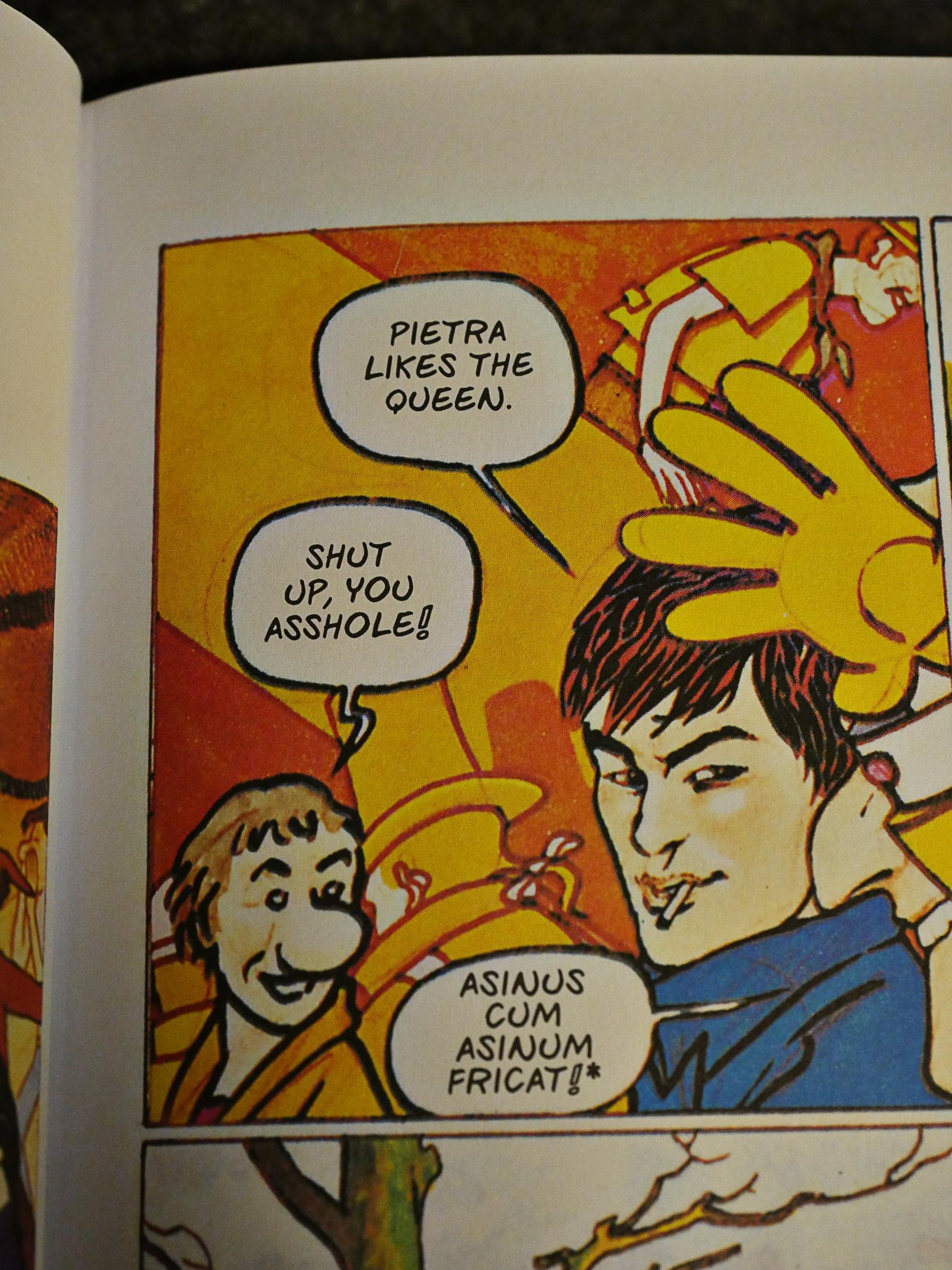
But since the original work was Italian, is…

… translating Latin proverbs and explaining them within a reasonable remit of a footnote? Perhaps?
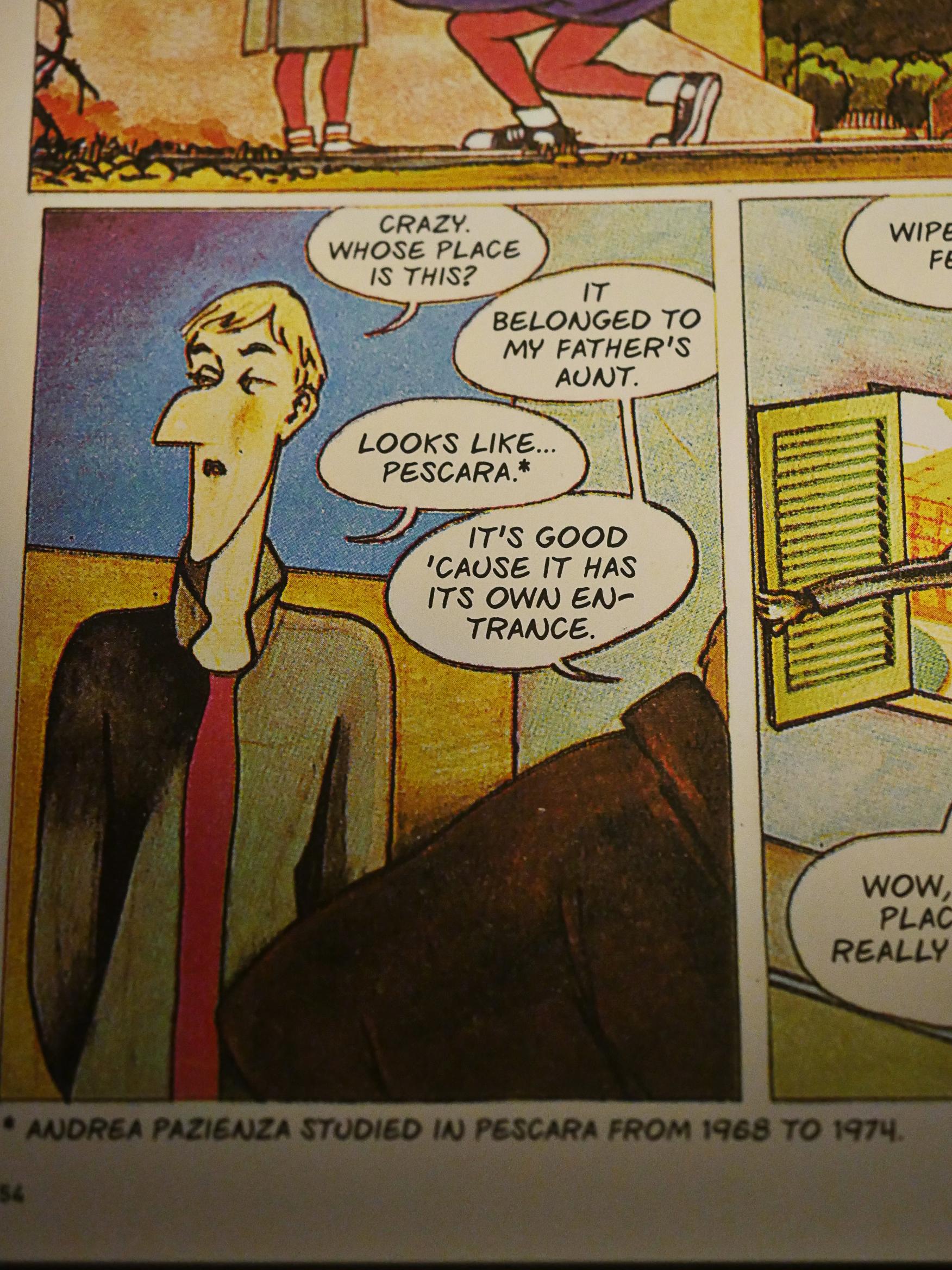
When a character randomly mentions an Italian city, is that the right place to point out that’s where the artist studied?

And then we get to the “how stupid does the translator (or footnoter) think that Americans are?” department.

The answer:

Really, really, stupid.
* Footnotes pull you out of what you’re reading and makes your eyes skip up and down and are a general nuisance. Putting shovelfuls of them into books like this is disrespectful to the work.
Of course, the work in question sucks, so, eh, whatevs. FORGET I WROTE THIS BLOG ARTICLE!

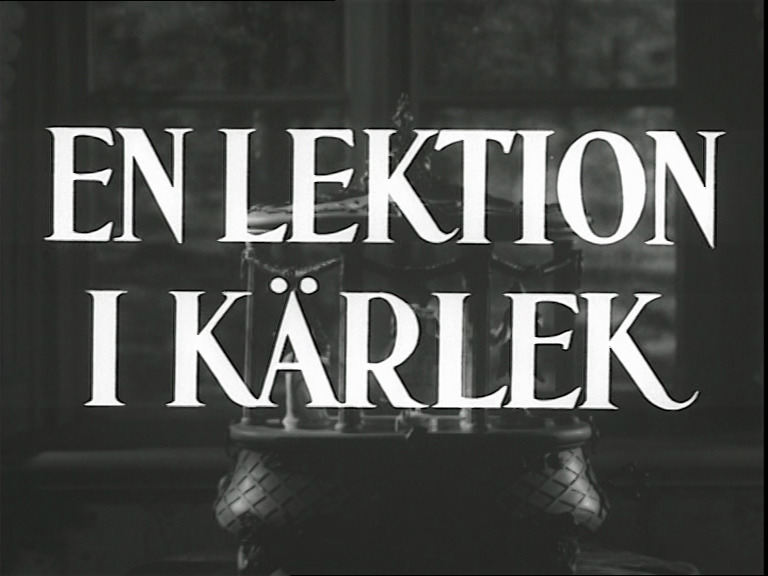
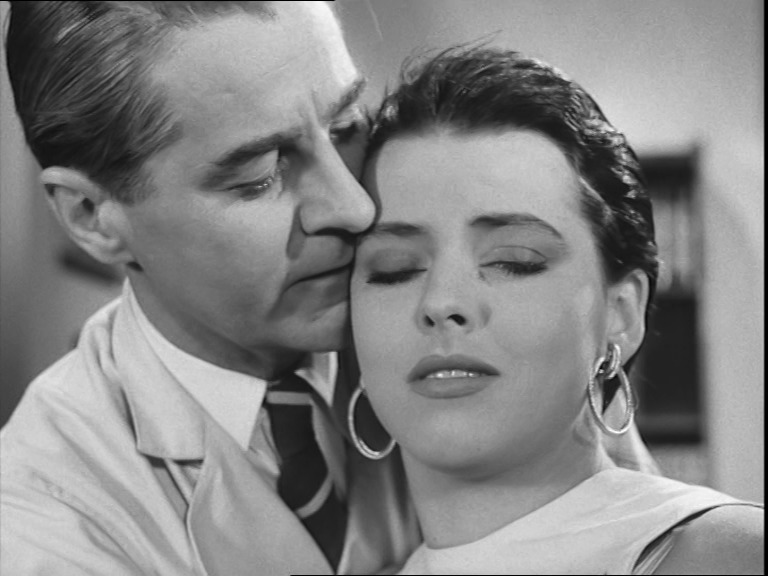
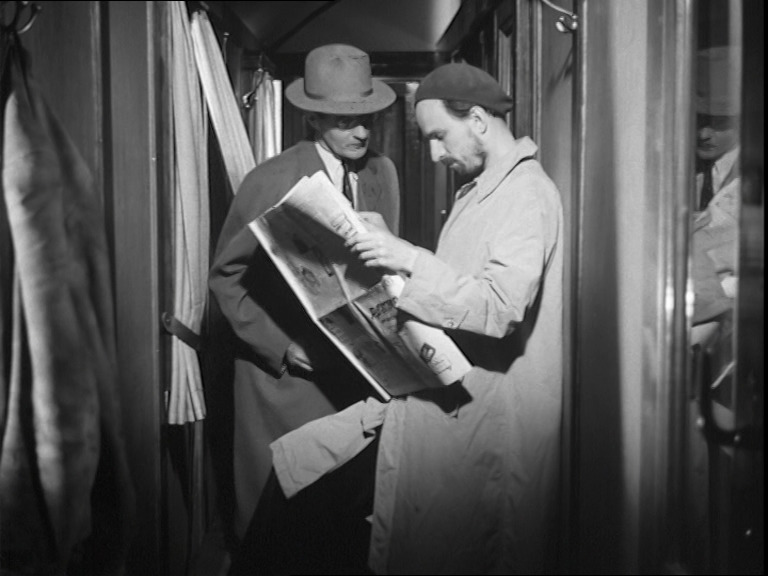
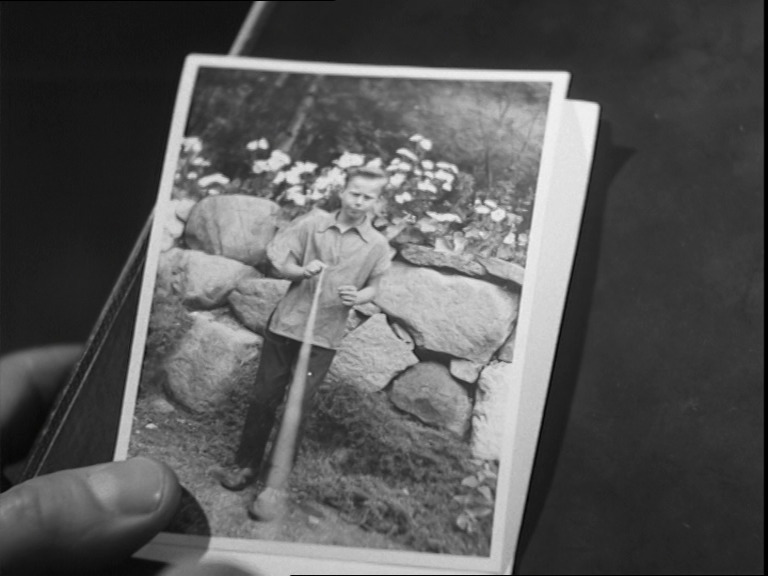
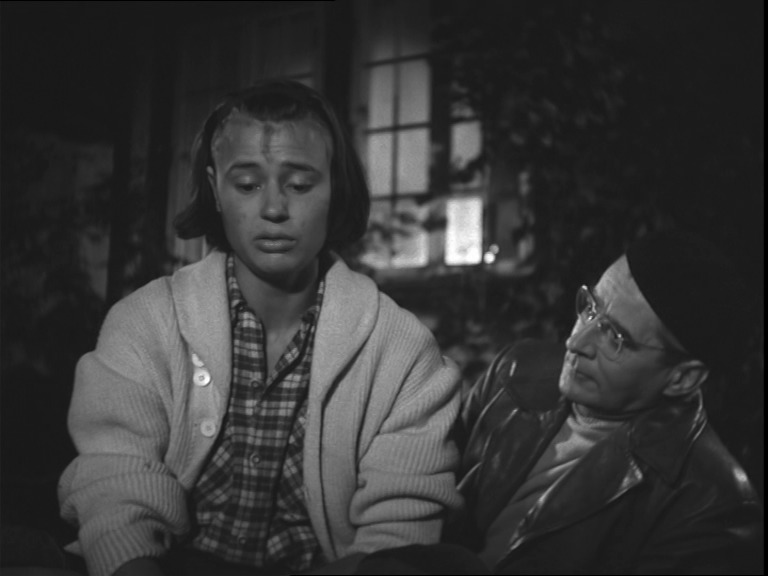
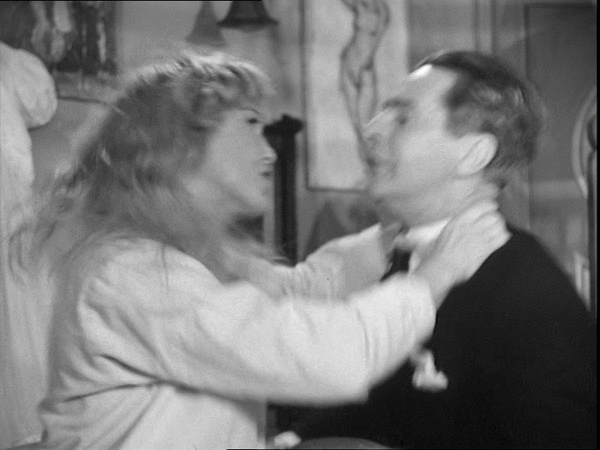
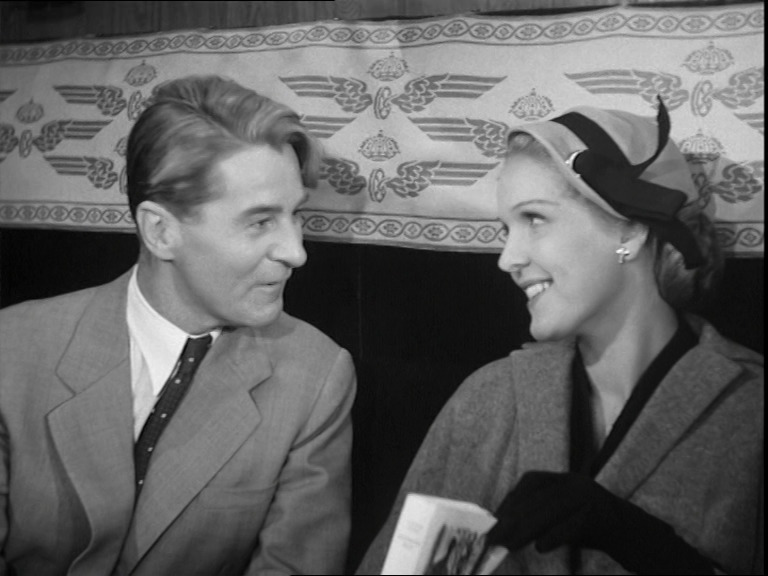
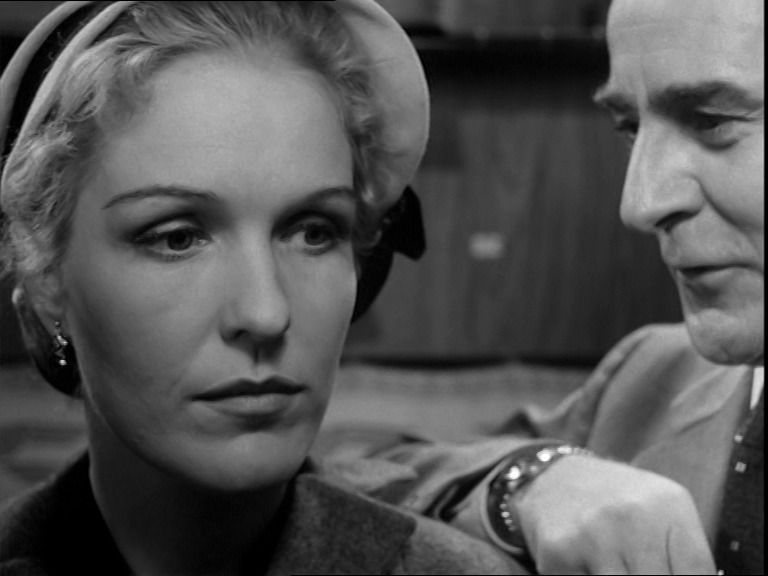
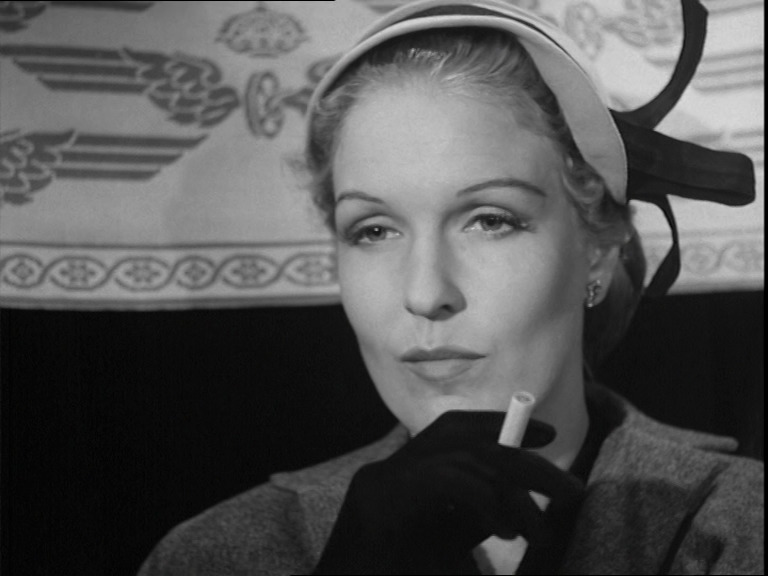




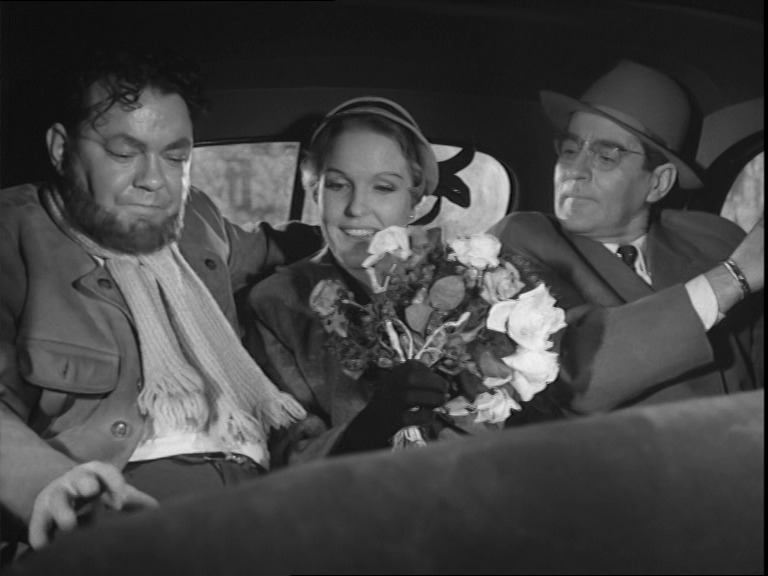
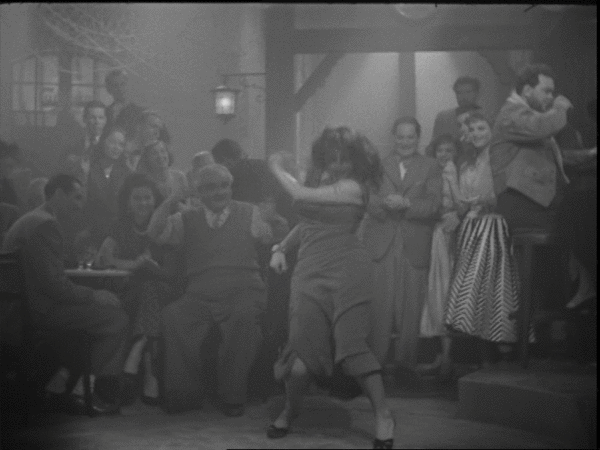
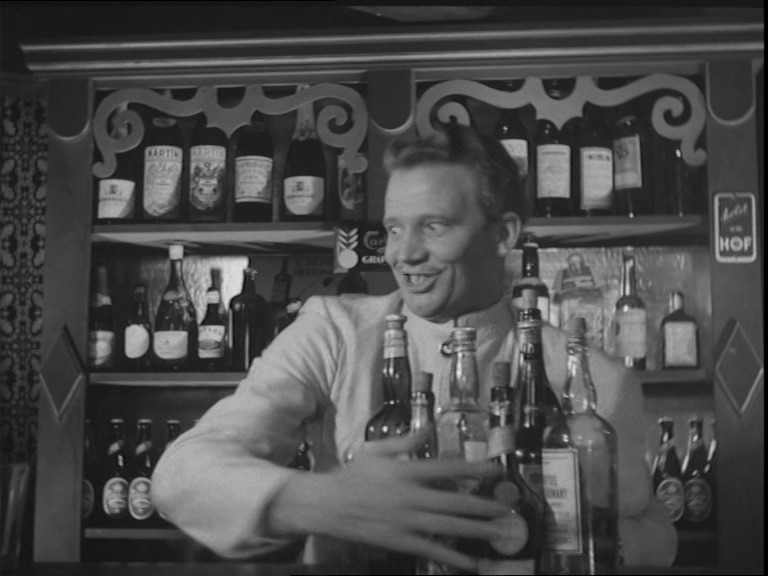









%3A+Portfolio)
%3A+Fame)
%3A+Muse)

)
)
+(1))
+(2))




)
)
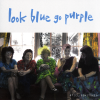

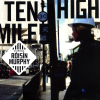


)
)
